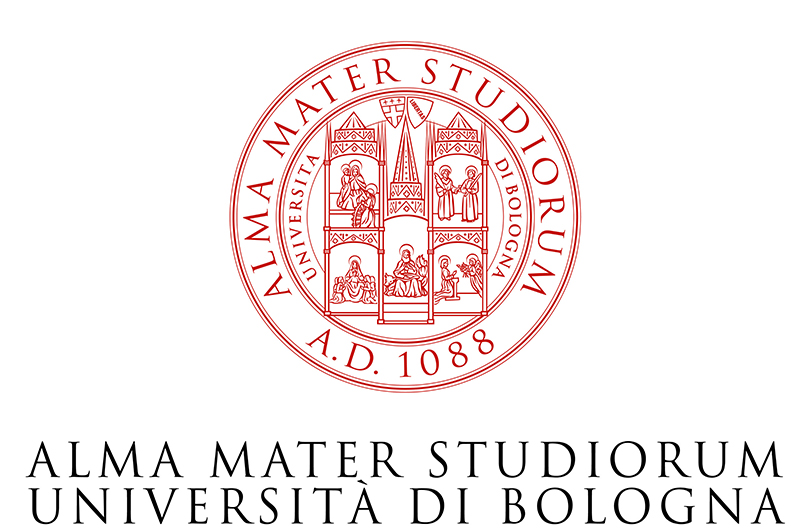[Fraticelli Chiara] SiPM detector timing response study for the electron-ion collider

The Electron-Ion Collider (EIC) will be a new high luminosity large-scale and high polarization collider designed to investigate the QCD dynamics in the nucleons with unprecedented precision. It is planned to be built at the Brookhaven National Lab in the US. Through a dRICH prototype, the performance of Silicon PhotoMultipliers (SiPM), the baseline photo-sensor candidate for the dRICH was tested. The employed SiPM readout electronics chip, ALCOR, provides the time-of-hit measurement through the rollover, coarse and fine time contributions. In this dissertation, a study on the refinement of the Time Resolution of the Reference Timing system (owing to the fine time correction) is presented. The corrections applied in order to improve the value of the system Time Resolution is based on parameters obtained from the measured fine time component of the registered time coincidence signals. The performance of the calibration procedure described, several checks were performed on dedicated channels. The results show that it represents an accurate approximation for the correction of 90% of the analysed data. The performance of the studied SiPMs displayed satisfying results in both applications – the Imaging SiPMs were successful in registering the Cherenkov light signal and the Timing SiPMs provided a Reference Time value which allowed to correctly track the signal time-of-hits. The Reference Timing system was calibrated to provide a measured Time Resolution of 135 ± 2 ps. A preliminary study of the Imaging sensor Time Resolution, which for was calculated to be for a single photoelectron within approximately 500 ps, indicates that the value of the Timing system Time Resolution is adequate for the framework. Note that although these preliminary Time Resolution illustrate satisfactory results, they do not include corrections for effects such as time walk, time over threshold or low sensor bias voltage working conditions, which would presumably further improve the results.